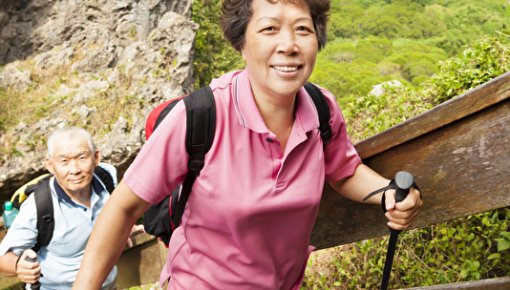Chen Z, Wu J, Wang X, Ren Z. The effect of foot orthoses for patients with patellofemoral pain syndrome: A systematic review and meta-analysis. Heliyon 2022; 8(6): e09656.
Collins NJ, Barton CJ, van Middelkoop M et al. 2018 Consensus statement on exercise therapy and physical interventions (orthoses, taping and manual therapy) to treat patellofemoral pain: recommendations from the 5th International Patellofemoral Pain Research Retreat, Gold Coast, Australia, 2017. Br J Sports Med 2018; 52(18): 1170-1178.
Crossley KM, Stefanik JJ, Selfe J et al. 2016 Patellofemoral pain consensus statement from the 4th International Patellofemoral Pain Research Retreat, Manchester. Part 1: Terminology, definitions, clinical examination, natural history, patellofemoral osteoarthritis and patient-reported outcome measures. Br J Sports Med 2016; 50(14): 839-843.
Hart HF, Barton CJ, Khan KM et al. Is body mass index associated with patellofemoral pain and patellofemoral osteoarthritis? A systematic review and meta-regression and analysis. Br J Sports Med 2017; 51(10): 781-790.
Nascimento LR, Teixeira-Salmela LF, Souza RB, Resende RA. Hip and Knee Strengthening Is More Effective Than Knee Strengthening Alone for Reducing Pain and Improving Activity in Individuals With Patellofemoral Pain: A Systematic Review With Meta-analysis. J Orthop Sports Phys Ther 2018; 48(1): 19-31.
Neal BS, Bartholomew C, Barton CJ et al. Six Treatments Have Positive Effects at 3 Months for People With Patellofemoral Pain: A Systematic Review With Meta-analysis. J Orthop Sports Phys Ther 2022; 52(11): 750-768.
Neal BS, Lack SD, Lankhorst NE et al. Risk factors for patellofemoral pain: a systematic review and meta-analysis. Br J Sports Med 2019; 53(5): 270-281.
Robertson CJ, Hurley M, Jones F. People's beliefs about the meaning of crepitus in patellofemoral pain and the impact of these beliefs on their behaviour: A qualitative study. Musculoskelet Sci Pract 2017; 28: 59-64.
Rogan S, Haehni M, Luijckx E et al. Effects of Hip Abductor Muscles Exercises on Pain and Function in Patients With Patellofemoral Pain: A Systematic Review and Meta-Analysis. J Strength Cond Res 2019; 33(11): 3174-3187.
Scali K, Roberts J, McFarland M et al. Is multi-joint or single joint strengthening more effective in reducing pain and improving function in women with patellofemoral pain syndrome? A systematic review and meta-analysis. Int J Sports Phys Ther 2018; 13(3): 321-334.
Smith BE, Moffatt F, Hendrick P et al. The experience of living with patellofemoral pain-loss, confusion and fear-avoidance: a UK qualitative study. BMJ Open 2018; 8(1): e018624.
Smith BE, Selfe J, Thacker D et al. Incidence and prevalence of patellofemoral pain: A systematic review and meta-analysis. PLoS One 2018; 13(1): e0190892.
Van der Heijden RA, Lankhorst NE, van Linschoten R et al. Exercise for treating patellofemoral pain syndrome. Cochrane Database Syst Rev 2015; (1): CD010387.
IQWiG health information is written with the aim of helping people understand the advantages and disadvantages of the main treatment options and health care services.
Because IQWiG is a German institute, some of the information provided here is specific to the German health care system. The suitability of any of the described options in an individual case can be determined by talking to a doctor. informedhealth.org can provide support for talks with doctors and other medical professionals, but cannot replace them. We do not offer individual consultations.
Our information is based on the results of good-quality studies. It is written by a team of health care professionals, scientists and editors, and reviewed by external experts. You can find a detailed description of how our health information is produced and updated in our methods.

